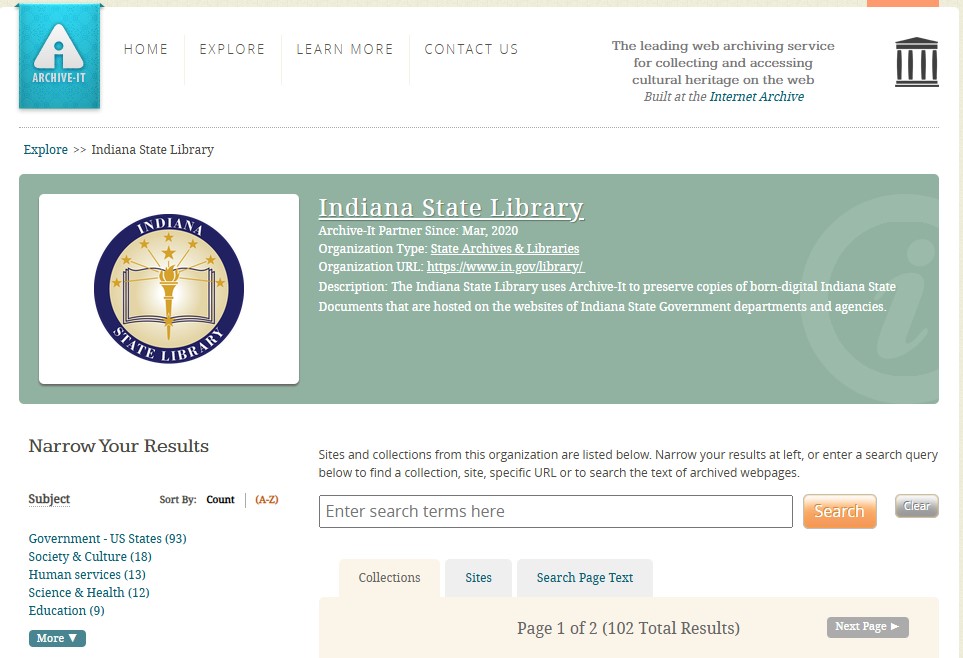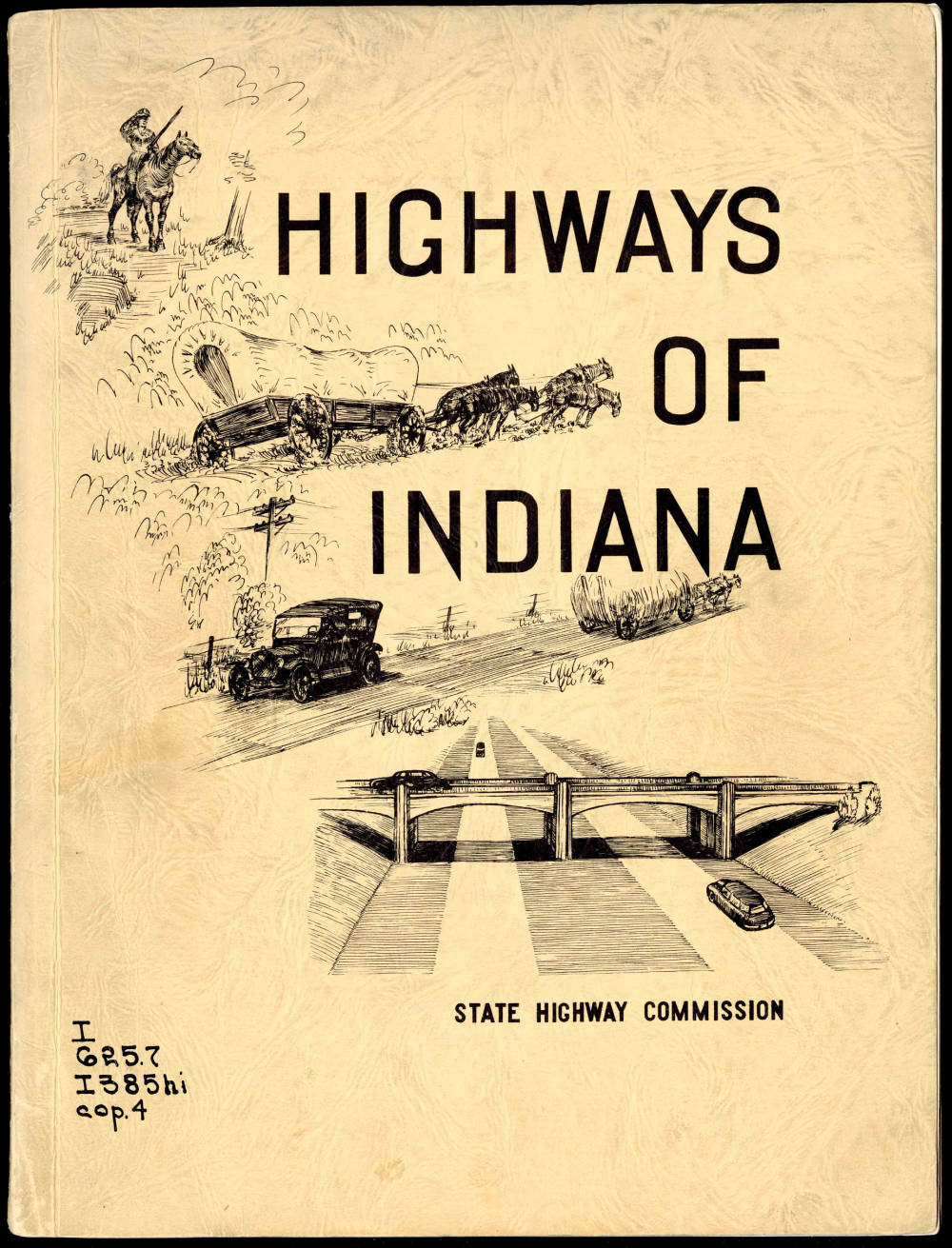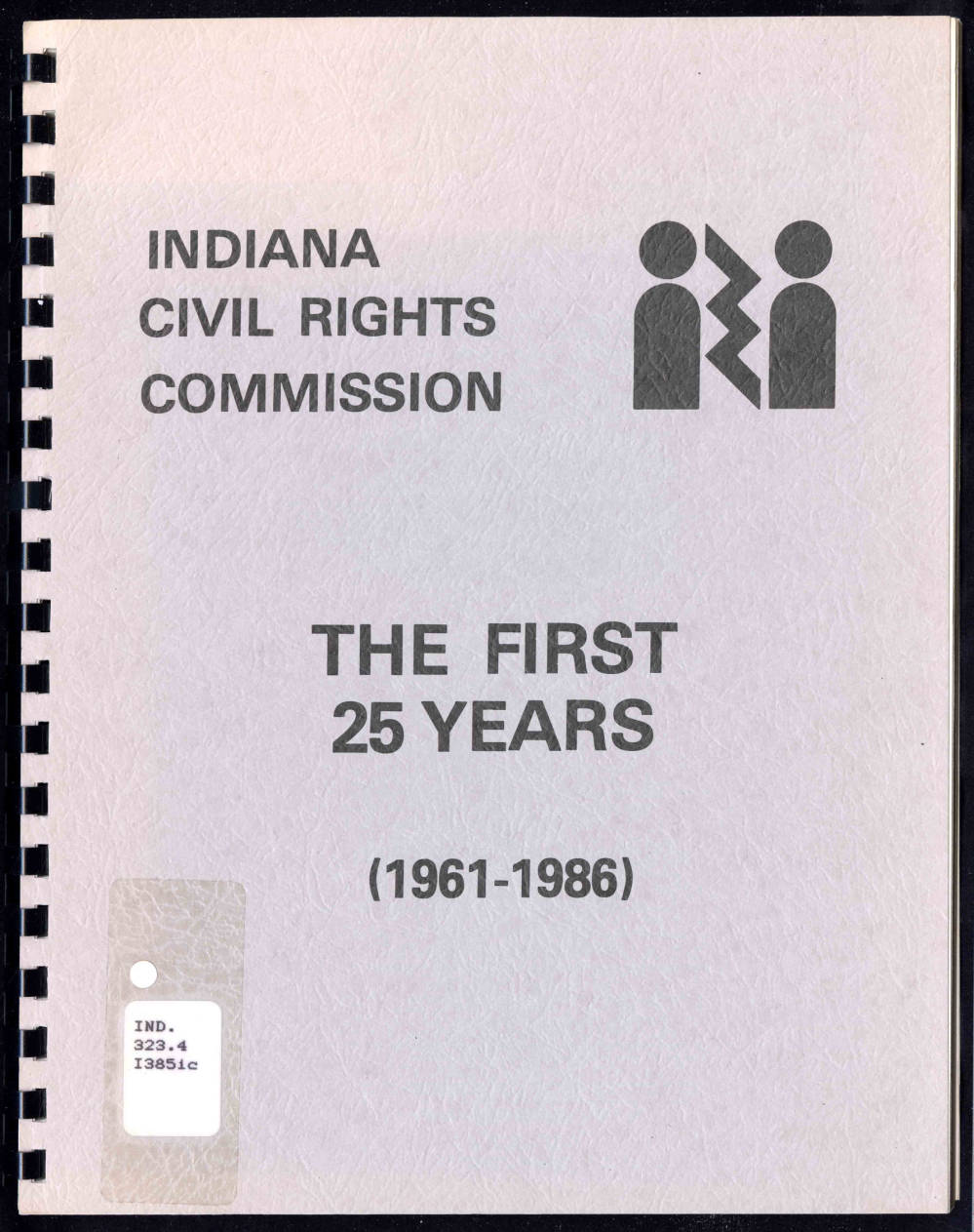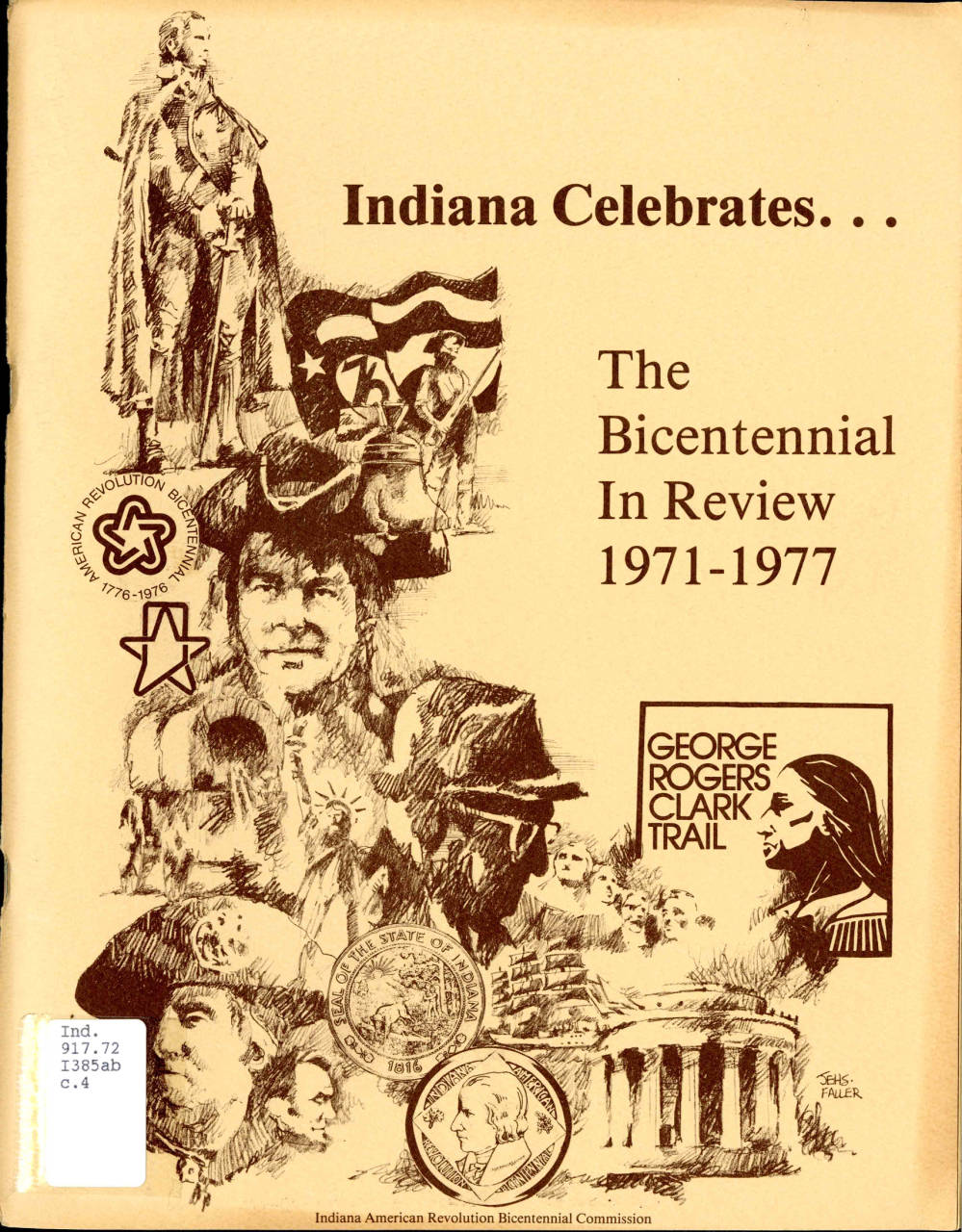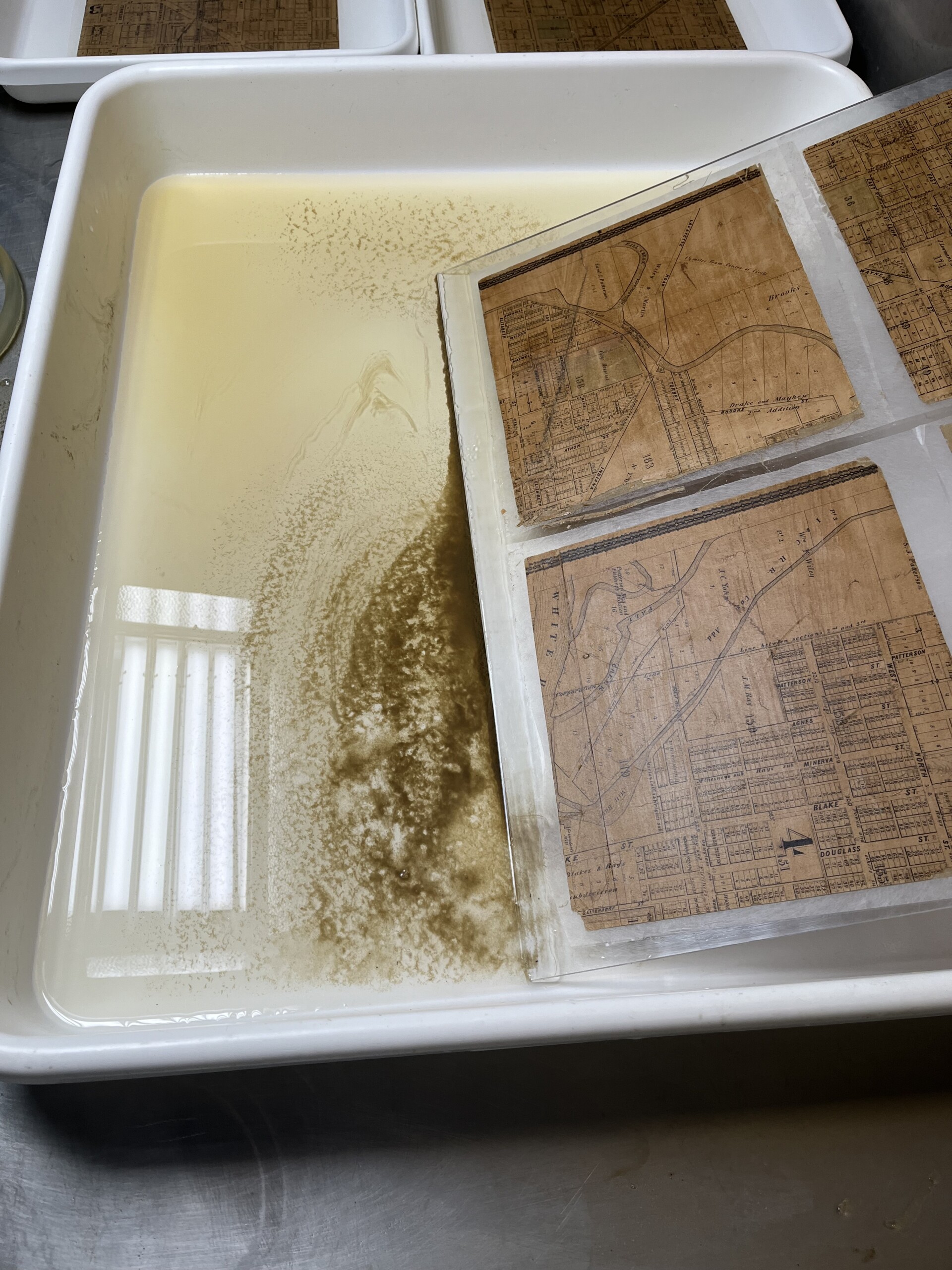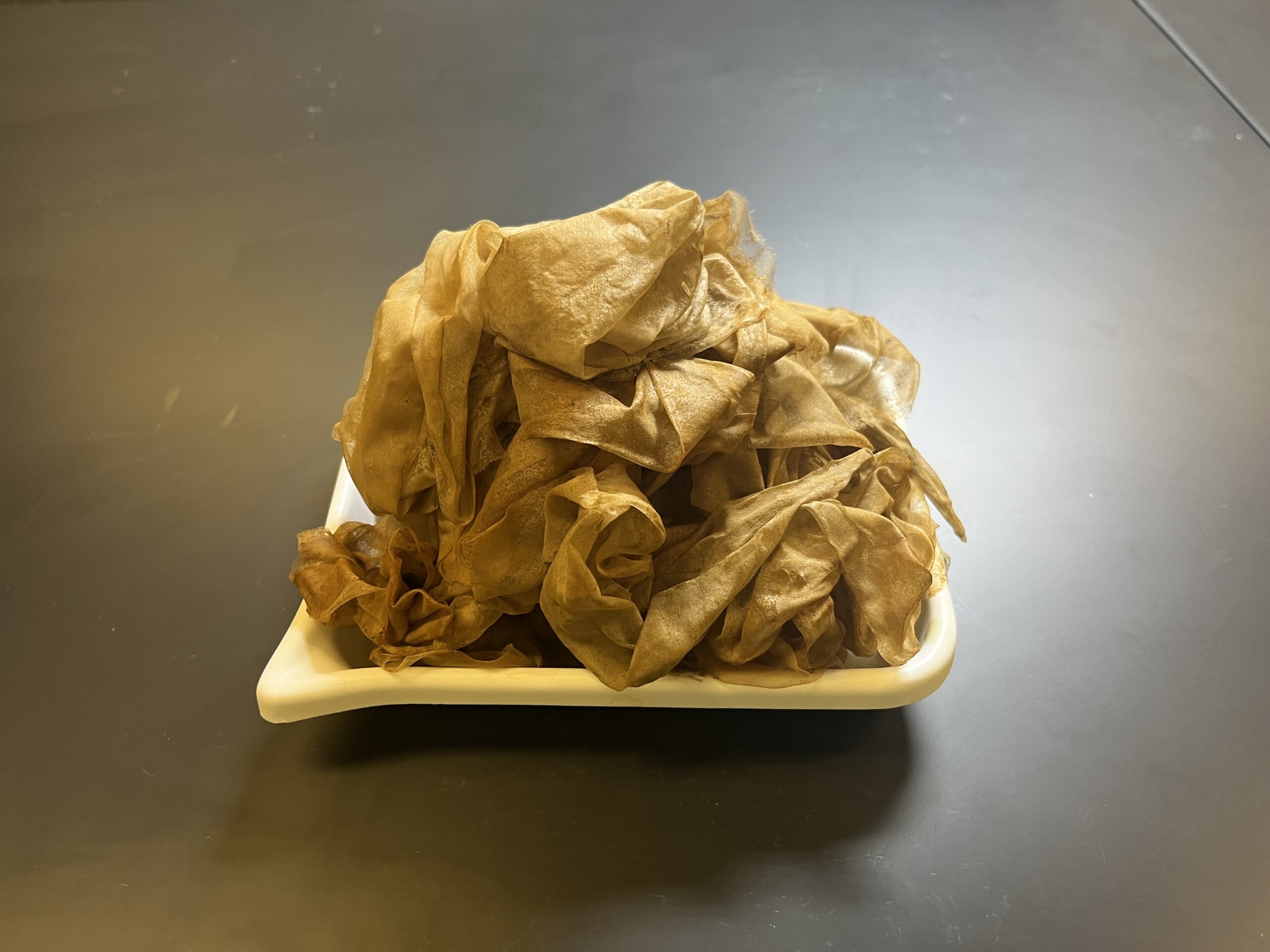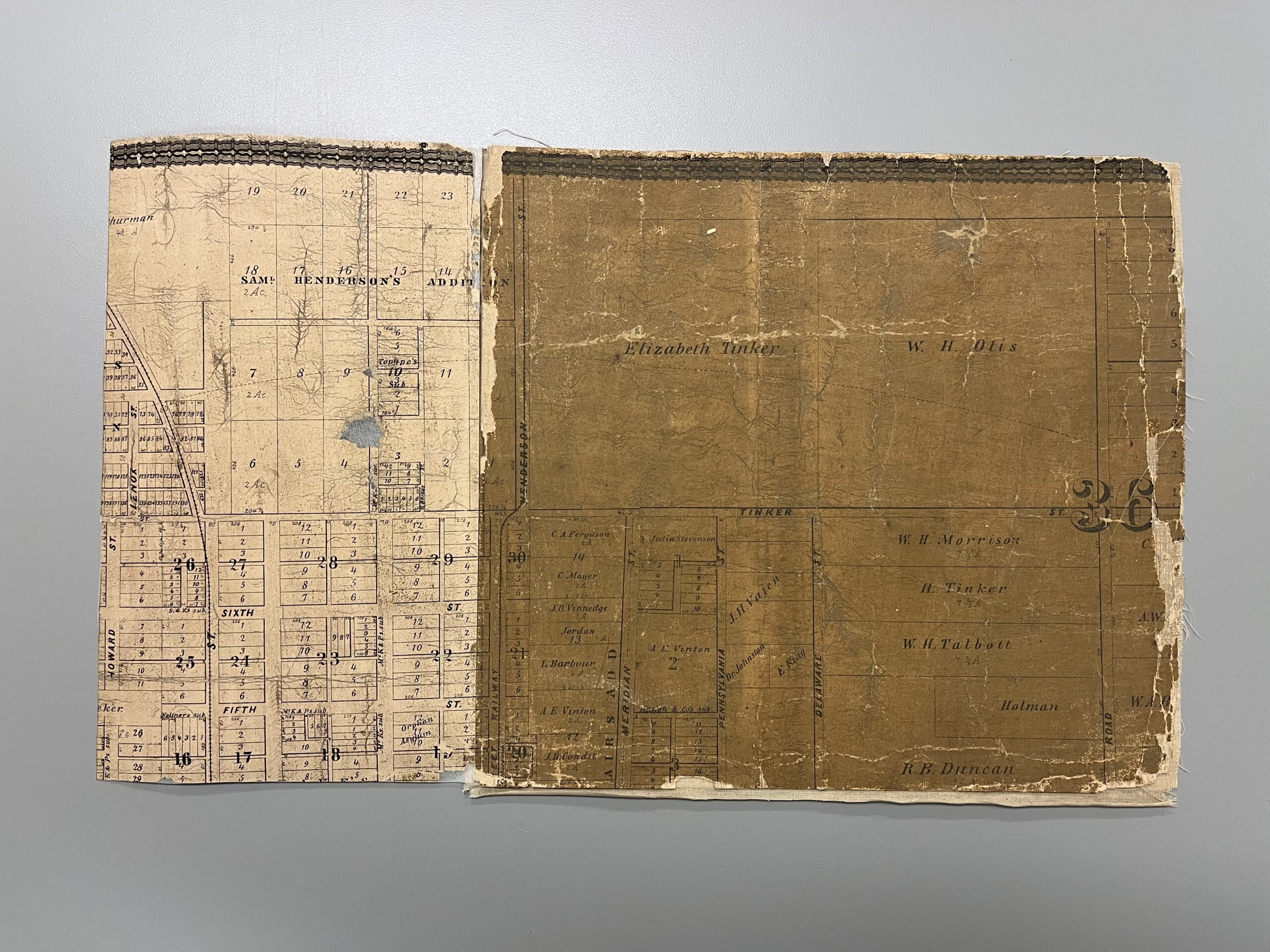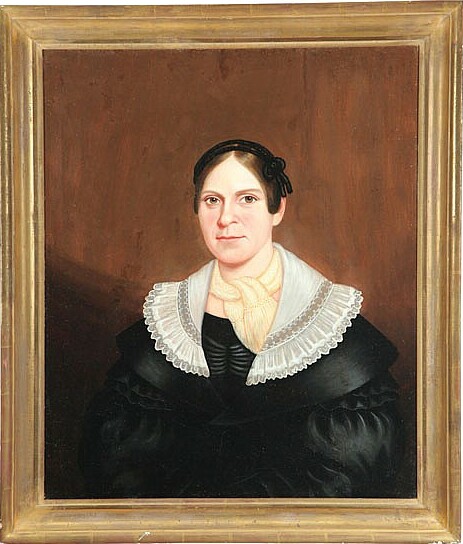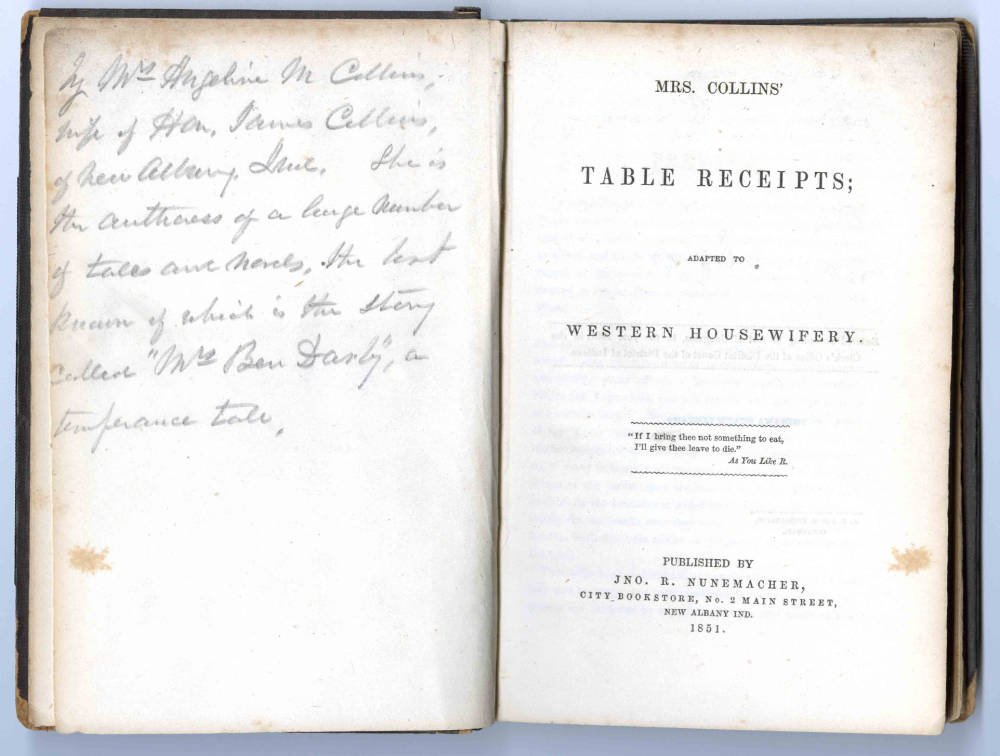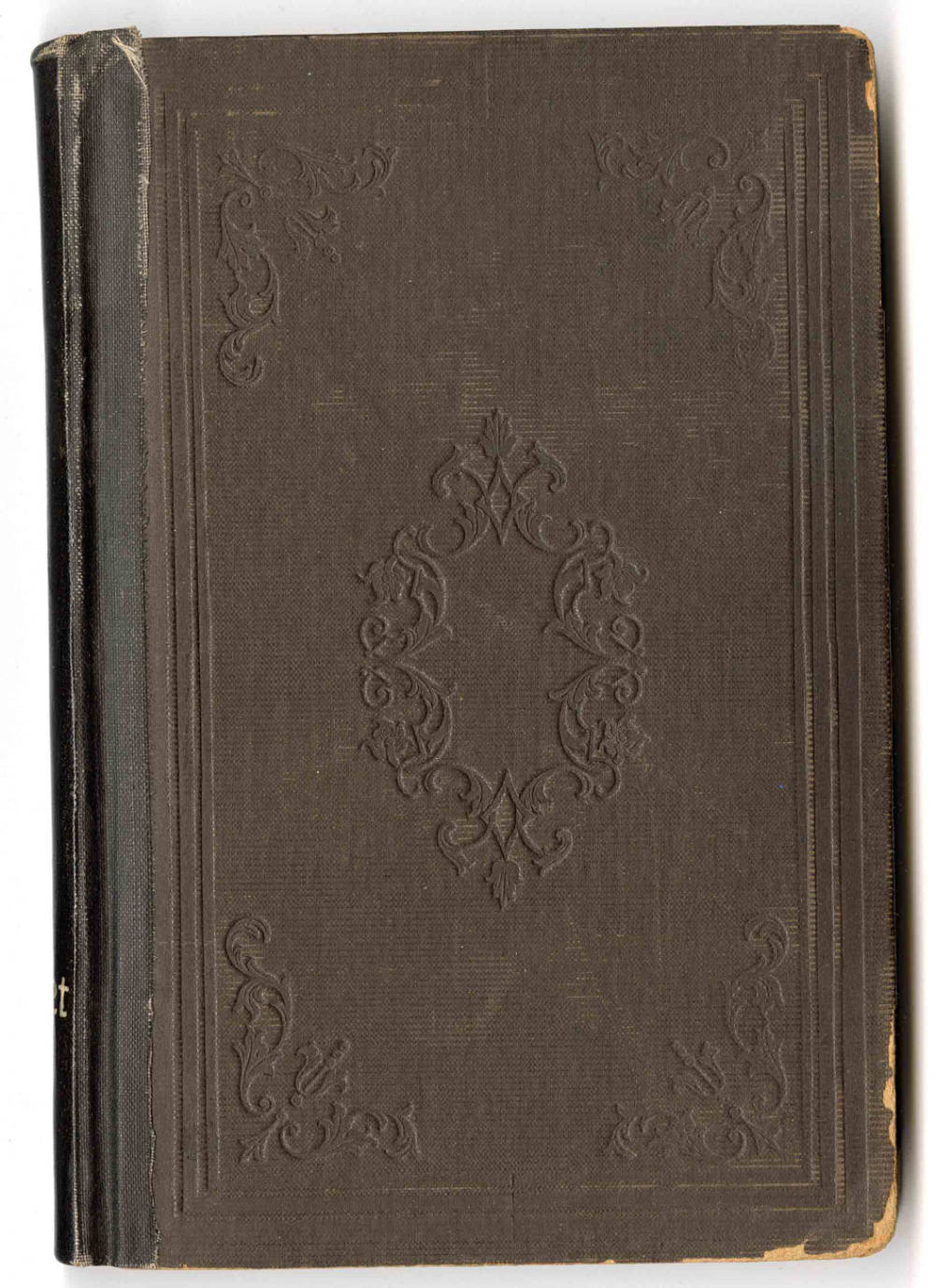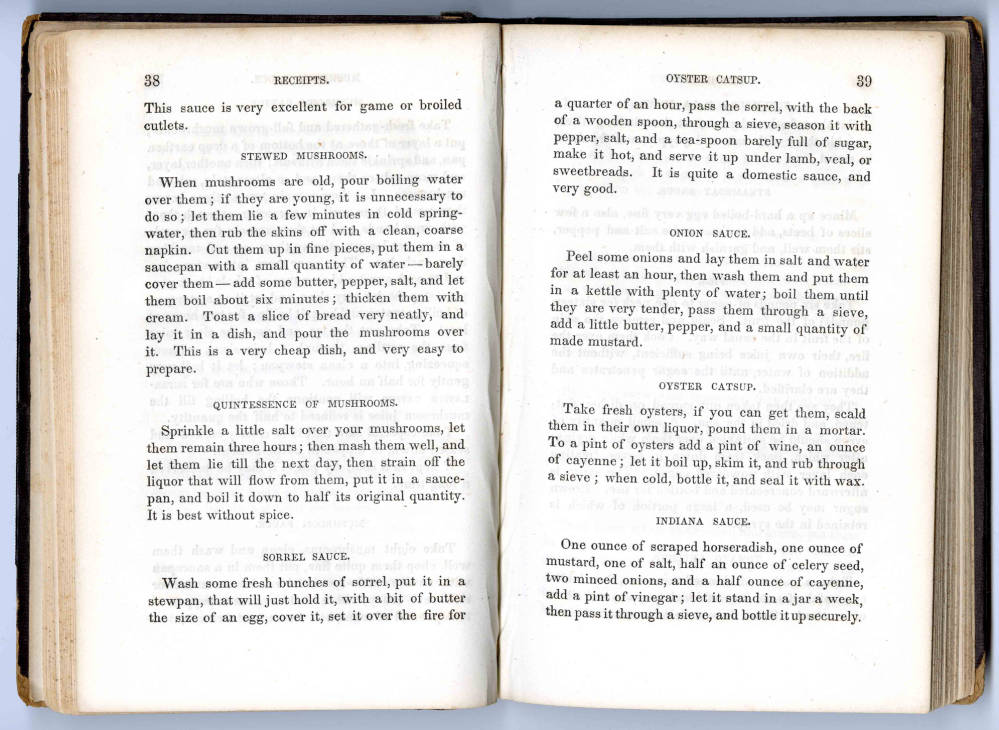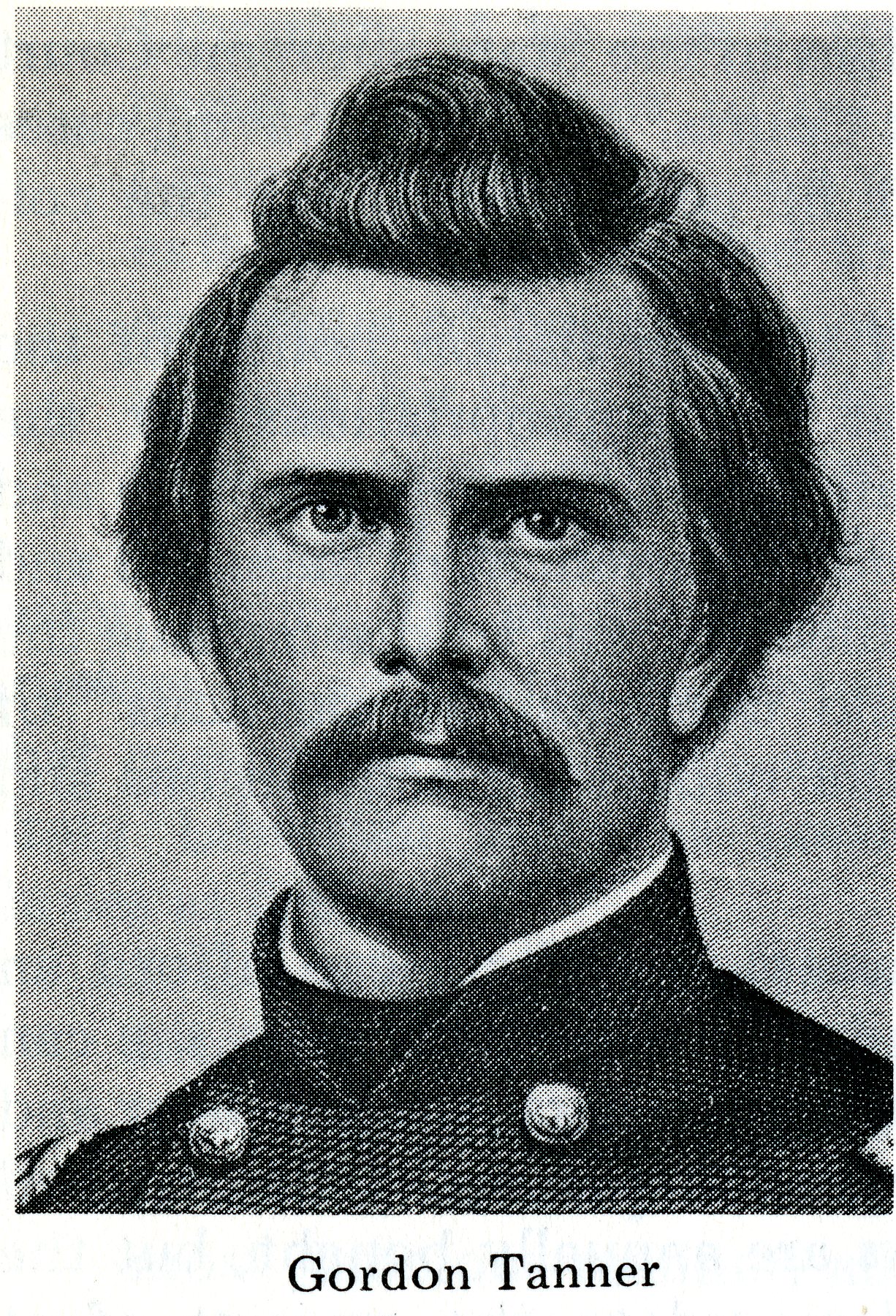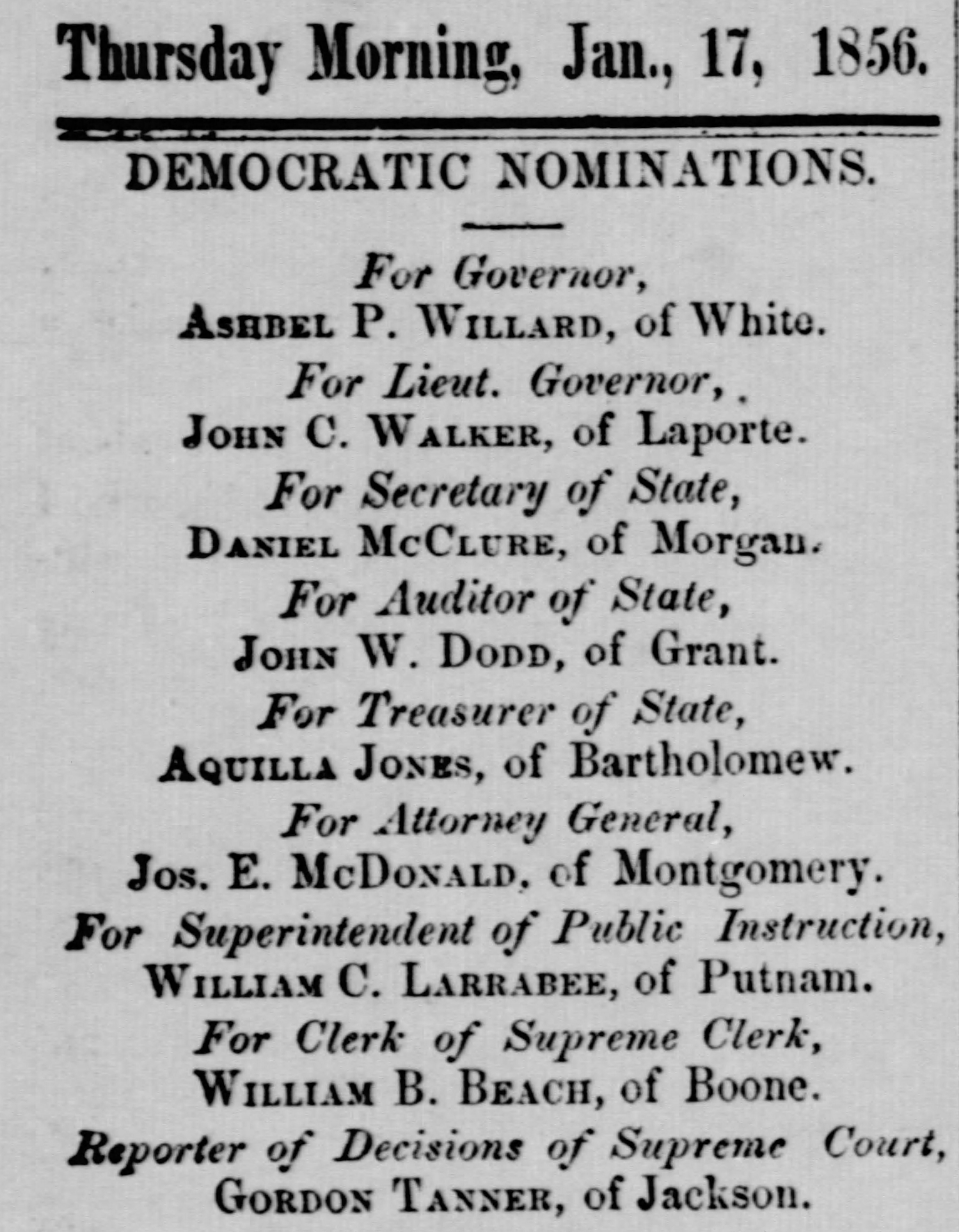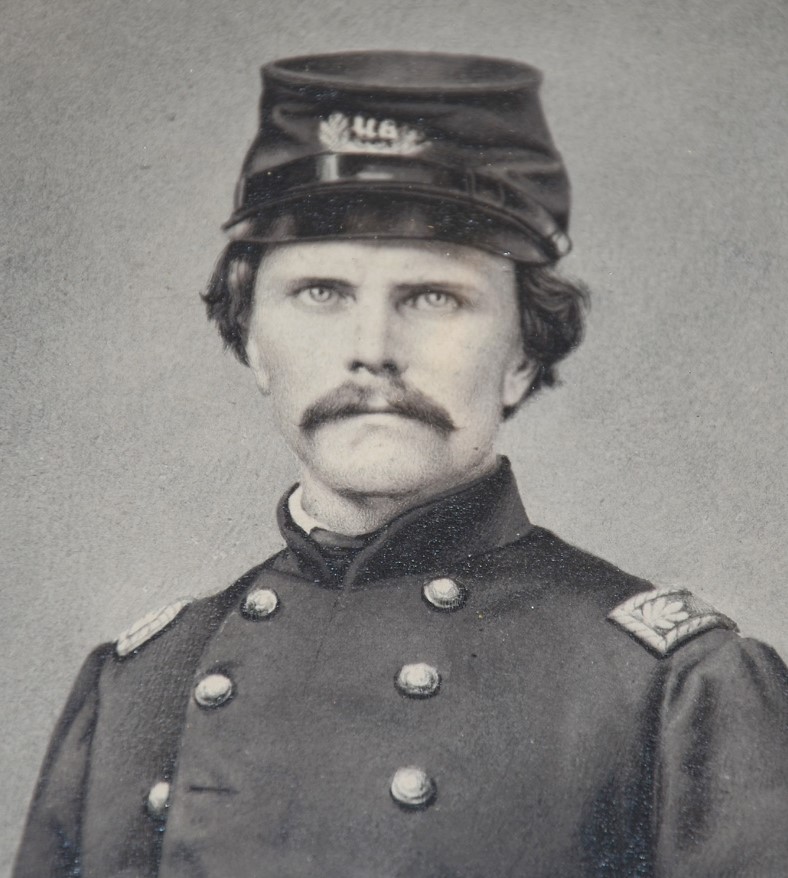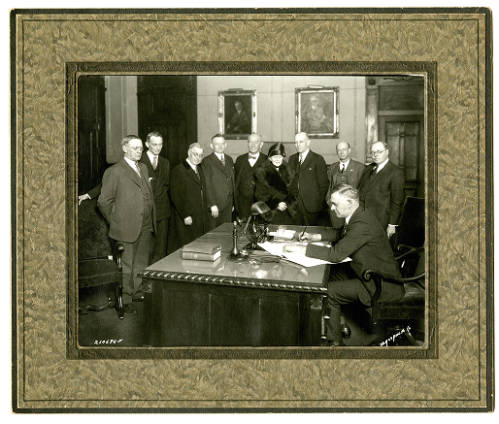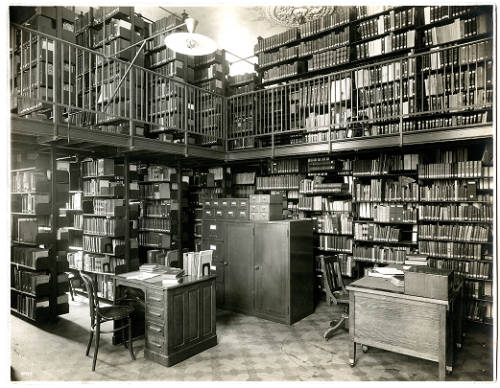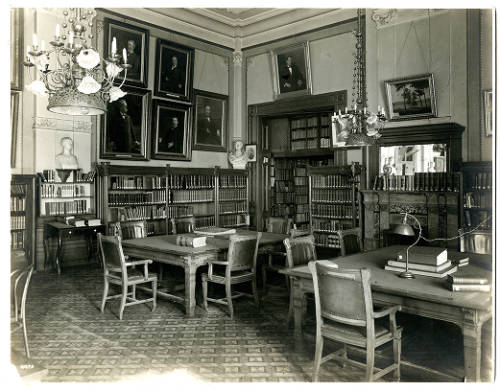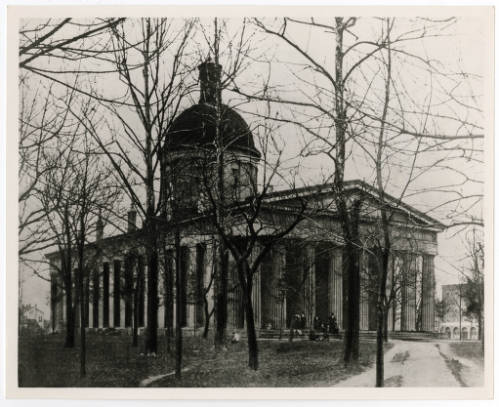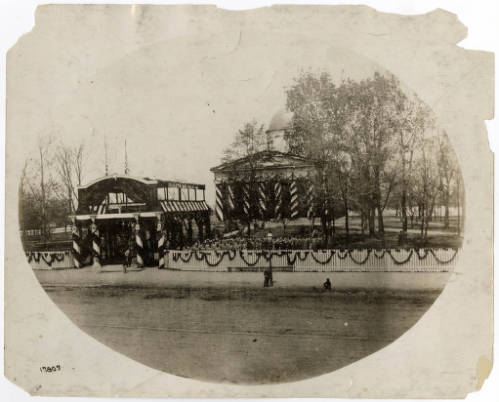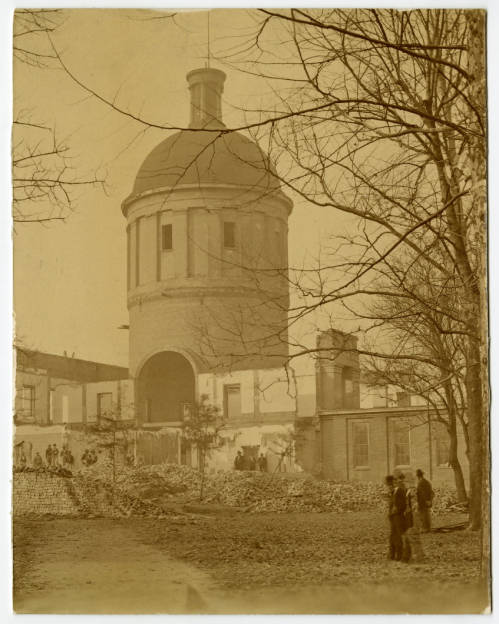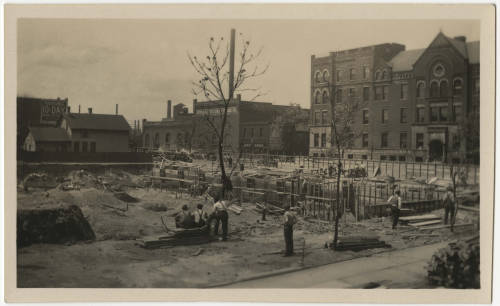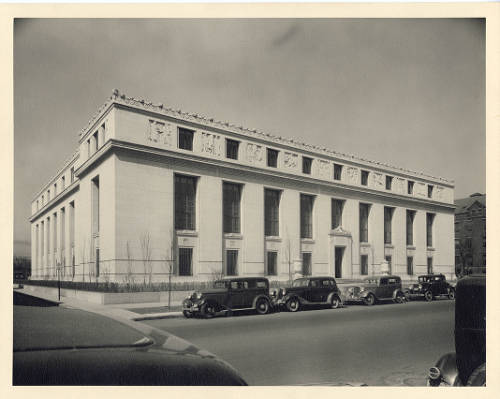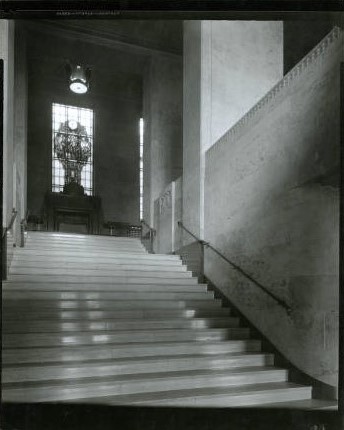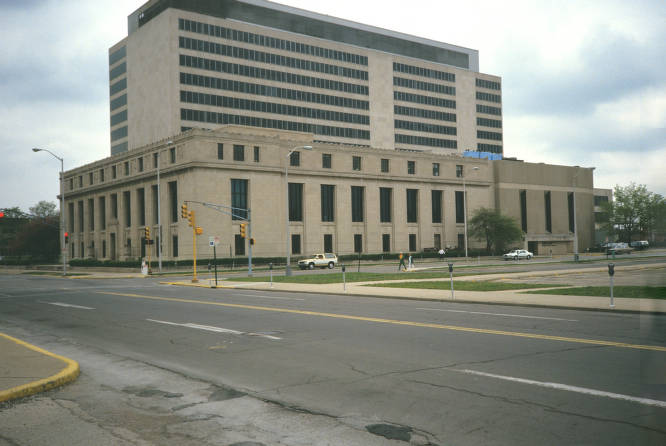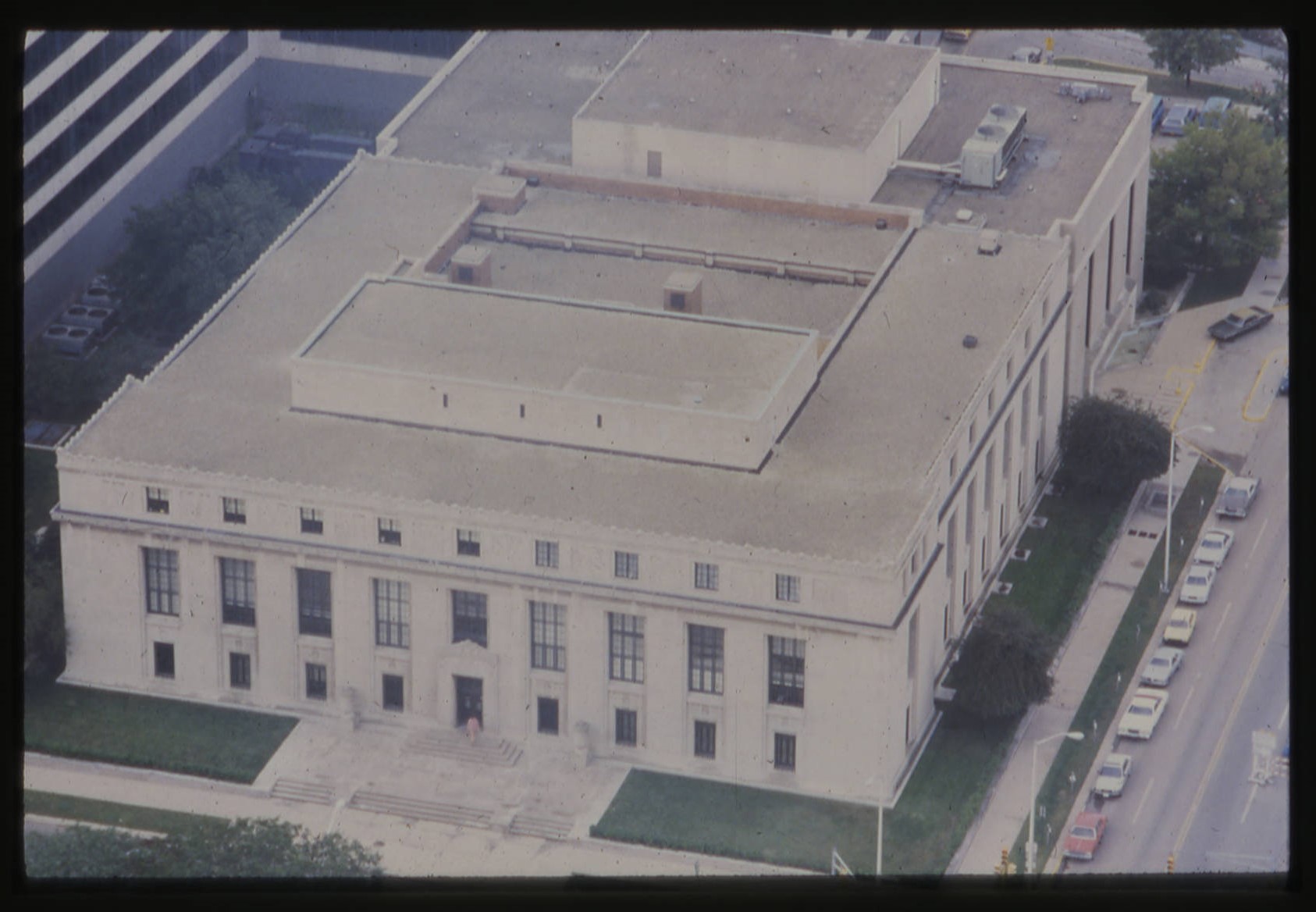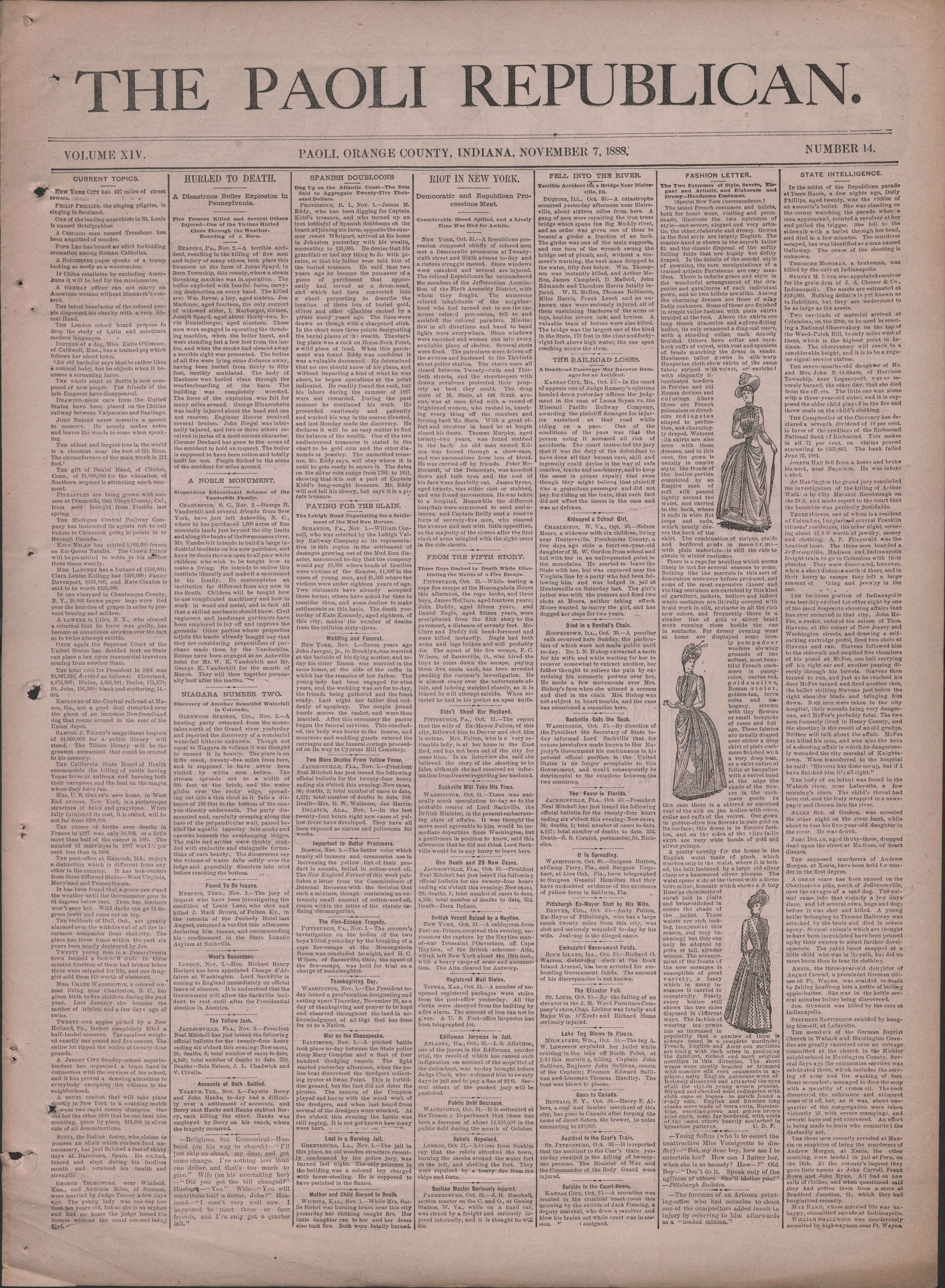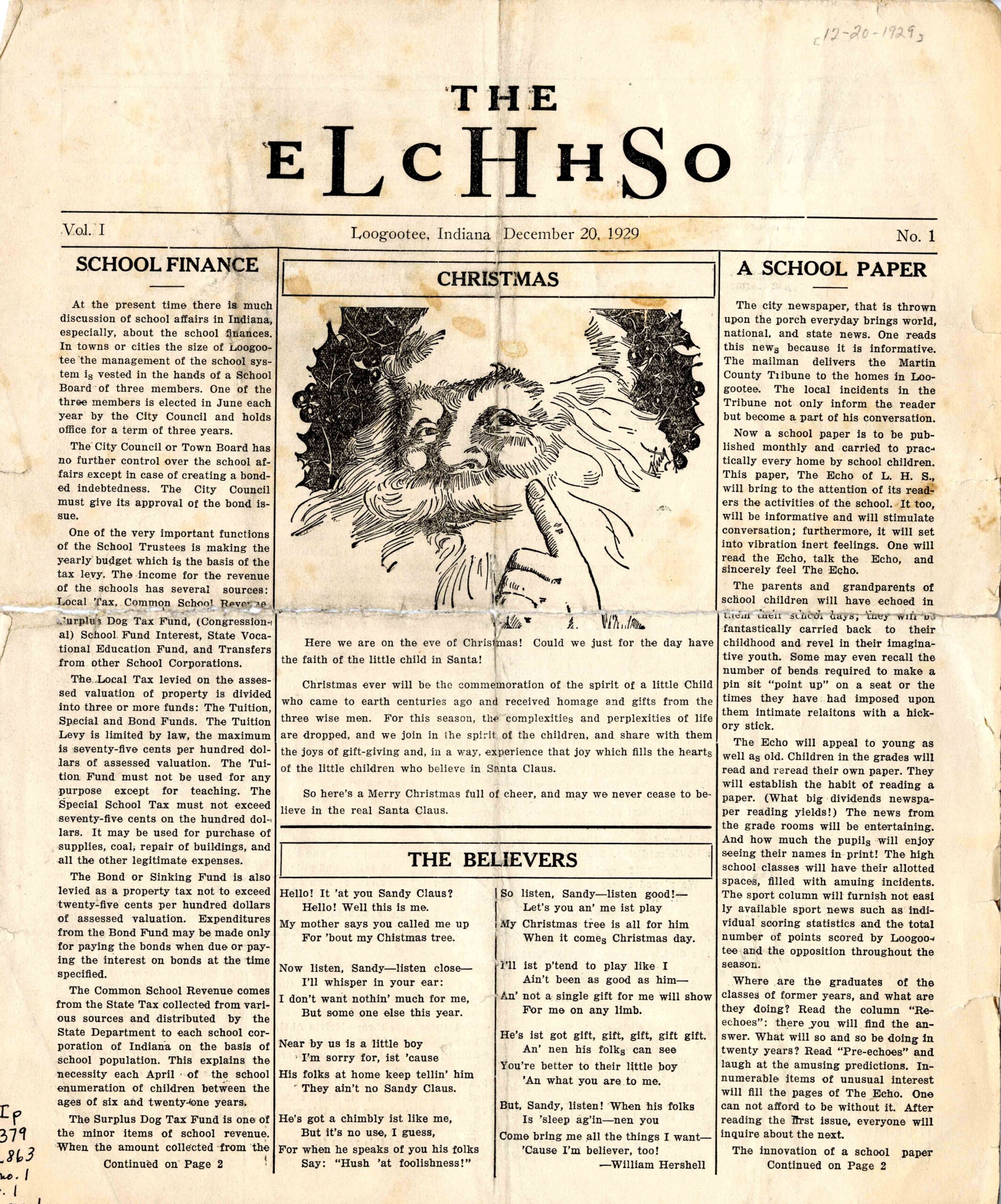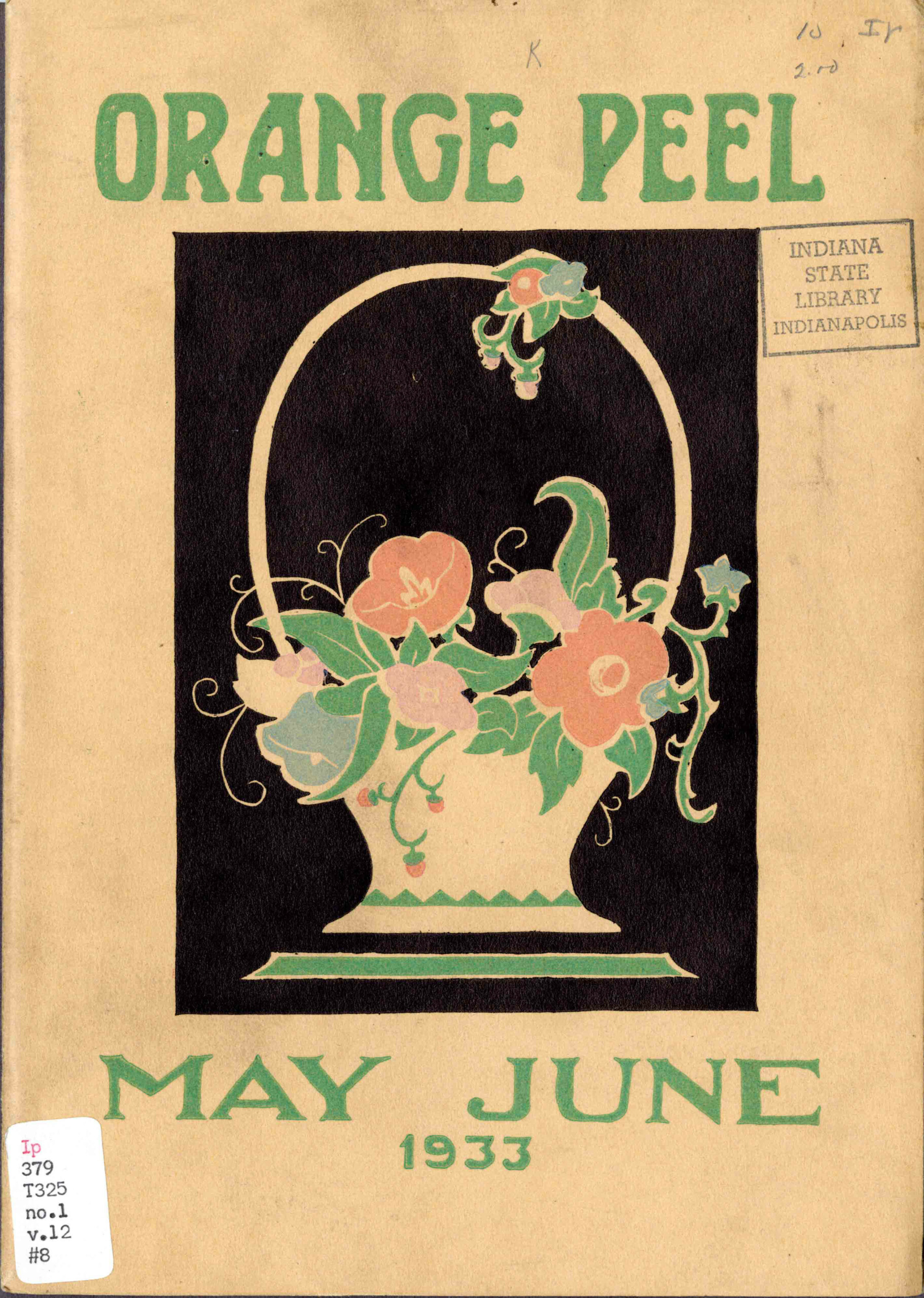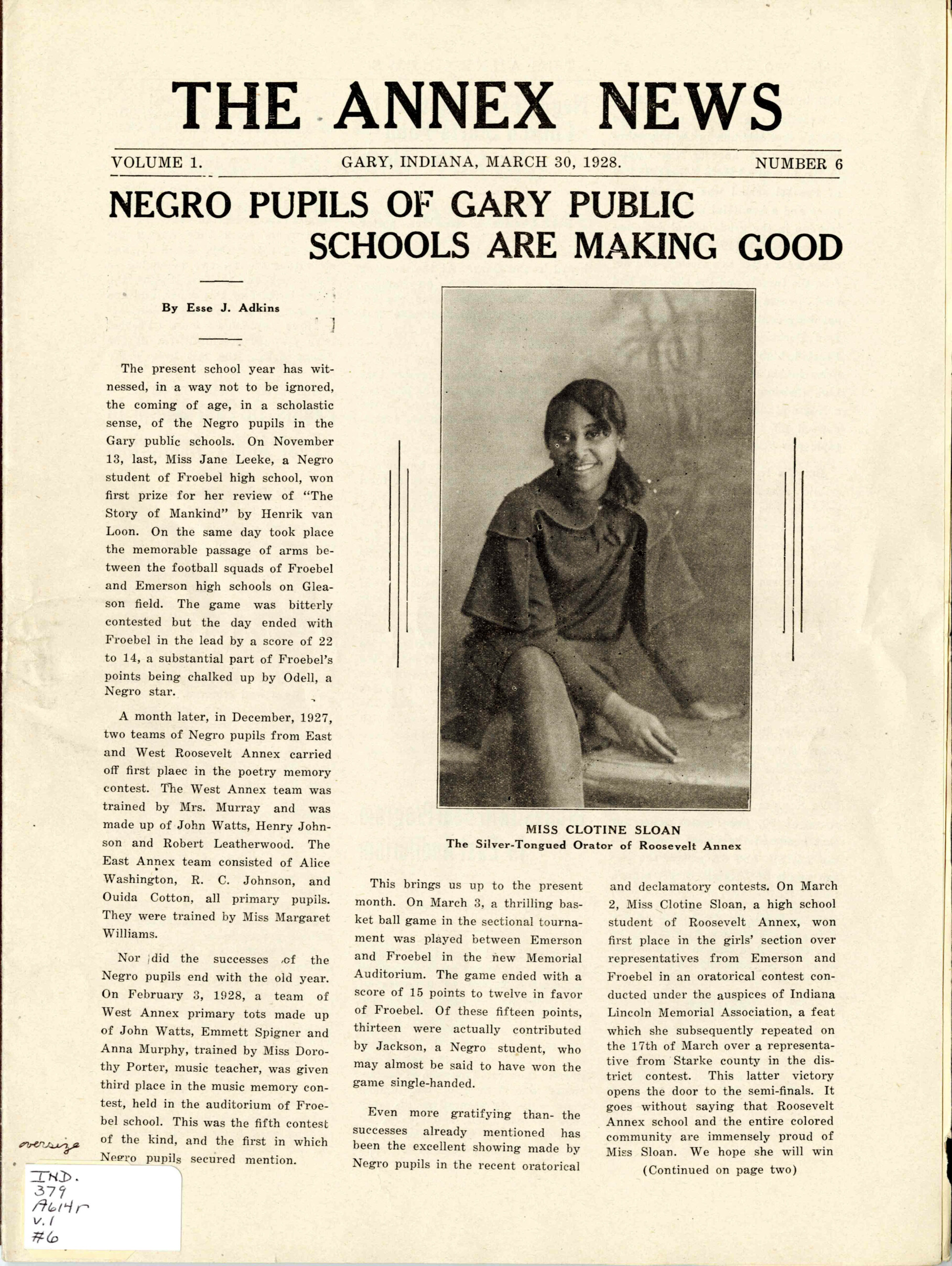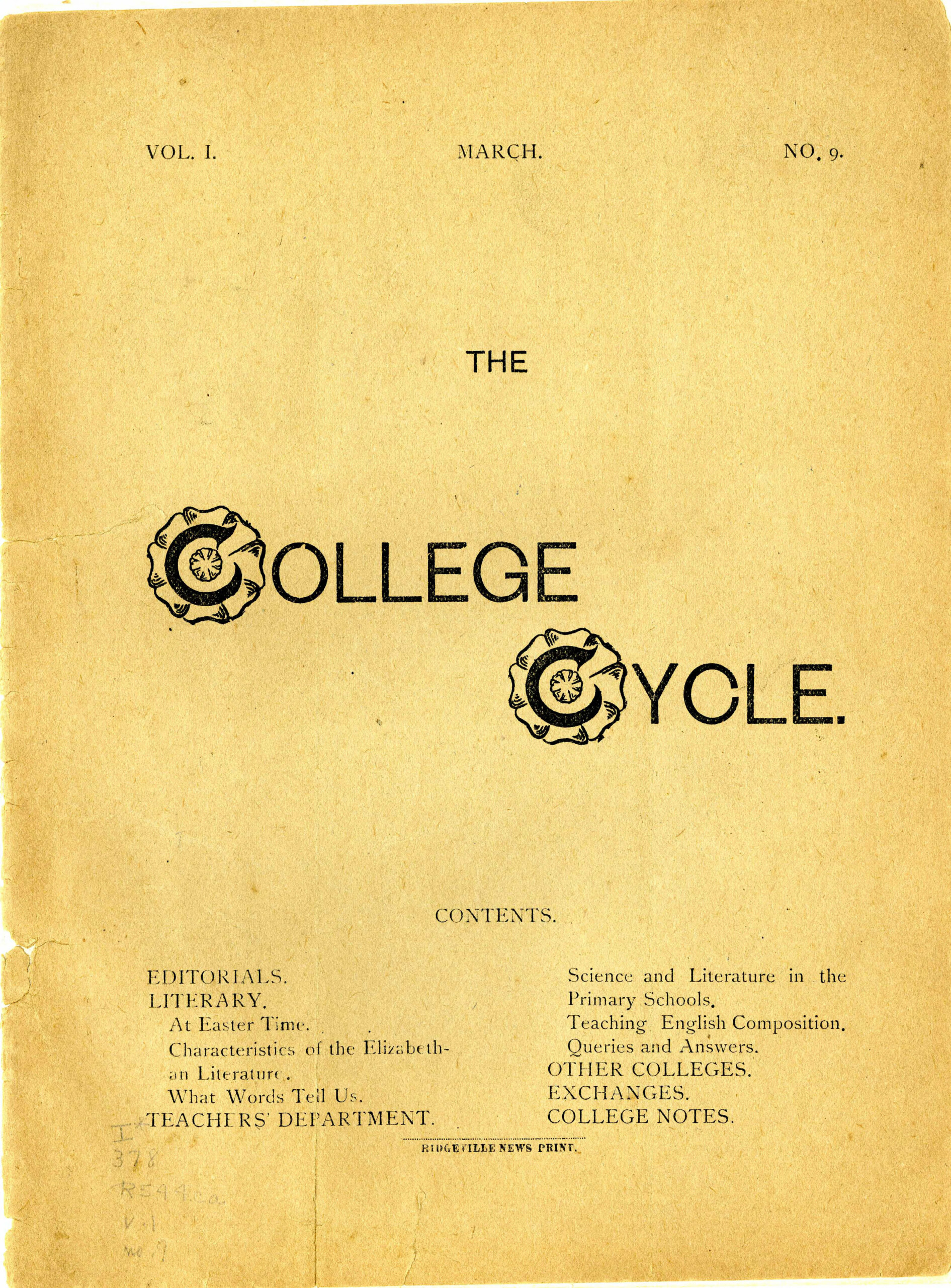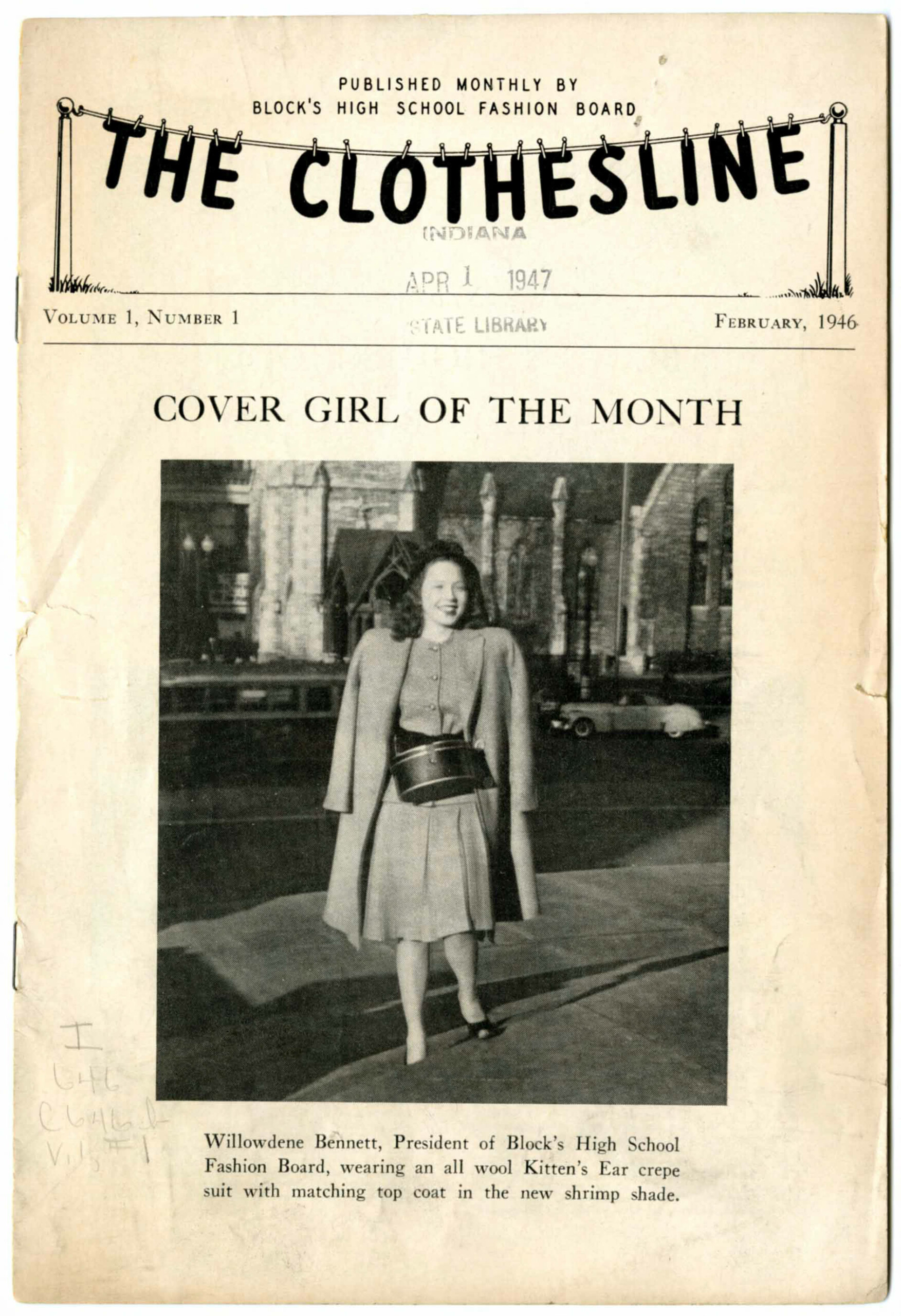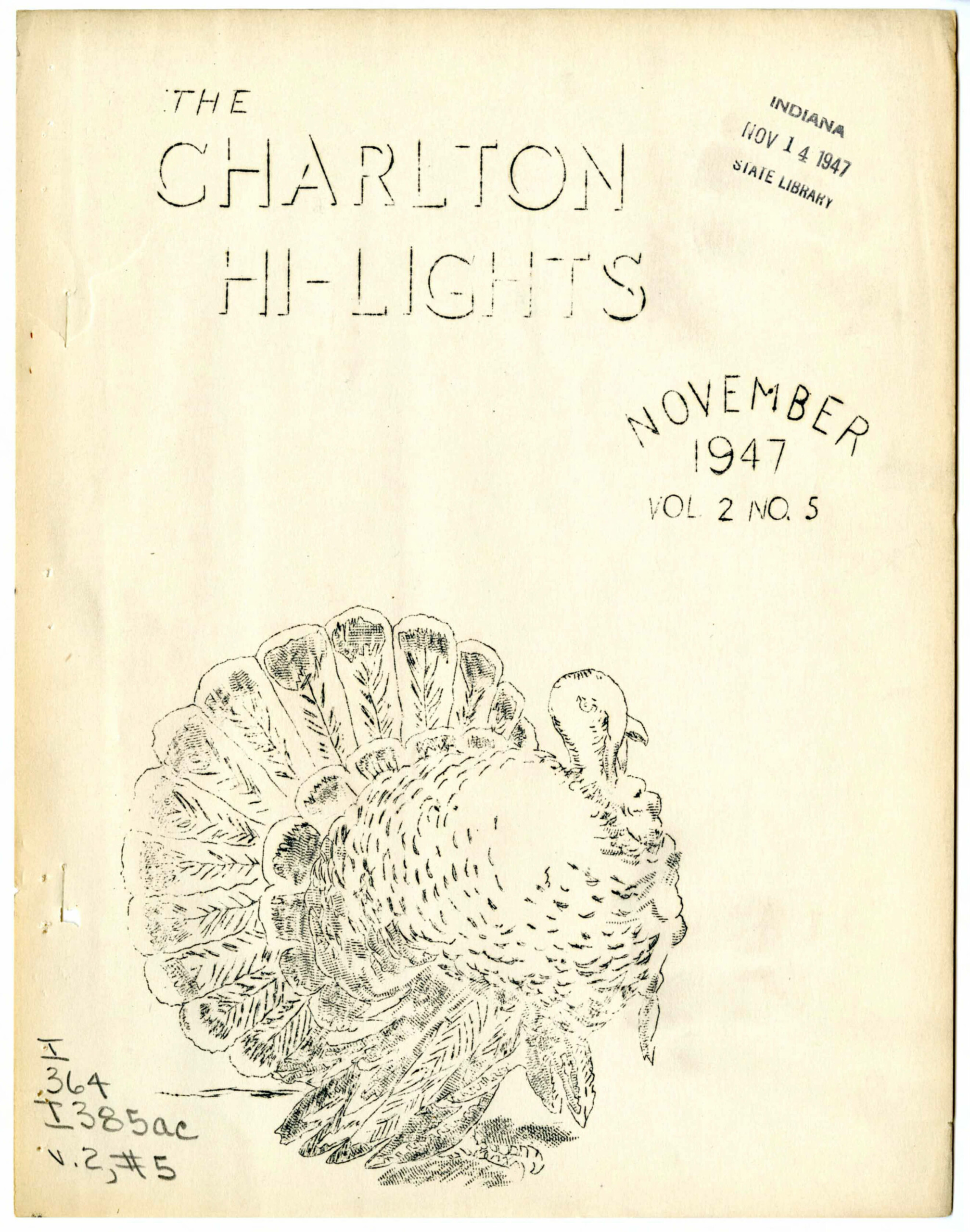For the past 16 years, the Indiana State Library has had a very active digitization program between its Indiana, Genealogy and Manuscripts Divisions. The collection has grown to 32 individual collections, with each having sub-collections, and with all collections having a total of 337,093 items as of January 2025. In 2024, the Indiana Division alone added more than 700 items, consisting of more than 20,000 scans of materials from our digital collections. We added maps, newspapers and pamphlets from our county history collection. We also added state documents.
For the most part, we add materials to our digital collections management system, ContentDM. It was created by the Online Computer Library Center and is great for smaller items that are less than about 50 pages, such as maps, pamphlets, posters, photographs, etc. However, for larger books with heavy text, we use the Internet Archive, a digital content management system that is free and makes using these larger volumes far easier to use. It also offers better search capabilities than ContentDM.
 The Internet Archive, a 501(c)(3) nonprofit organization, has been building a digital library of Internet sites and other cultural artifacts online since 1996 with their “mission is to provide universal access to all knowledge.” They offer free access to researchers, students, historians, genealogists and the general public.
The Internet Archive, a 501(c)(3) nonprofit organization, has been building a digital library of Internet sites and other cultural artifacts online since 1996 with their “mission is to provide universal access to all knowledge.” They offer free access to researchers, students, historians, genealogists and the general public.
Here at the Indiana State Library, we use the Internet Archive for larger periodicals and materials more than 50 pages in length with lots of text. Why? Because they are far easier to use and search. Among our Internet Archive collection, you will find the Indiana Acts from 1817 to 1850, the House and Senate Journals, the documentary journals, a few county and civil war histories and a few periodicals. As of the writing of this blog, we have 327 items.
One great example is the Indiana Construction Recorder, a periodical published by the Society of Indiana Architects in the 1920s and early 1930s. They are great if you are trying to find out when a building was built during that time period. However, each volume is well over 1,000 pages and can be difficult to search when using the actual book. The Internet Archive does an awesome job of making them searchable. We scan the materials, create a pdf and upload it into the Internet Archive and they do the rest. They offer a great optical character recognition program that makes these 1,000+ page volumes easier to search, in turn making your luck greater in find out what you are seeking.
 We are continually adding more materials, so be sure to check out the Indiana State Library’s Internet Archive Collection on a regular basis.
We are continually adding more materials, so be sure to check out the Indiana State Library’s Internet Archive Collection on a regular basis.
This post was written by Christopher Marshall, digital collections coordinator for the Indiana Division at the Indiana State Library.


